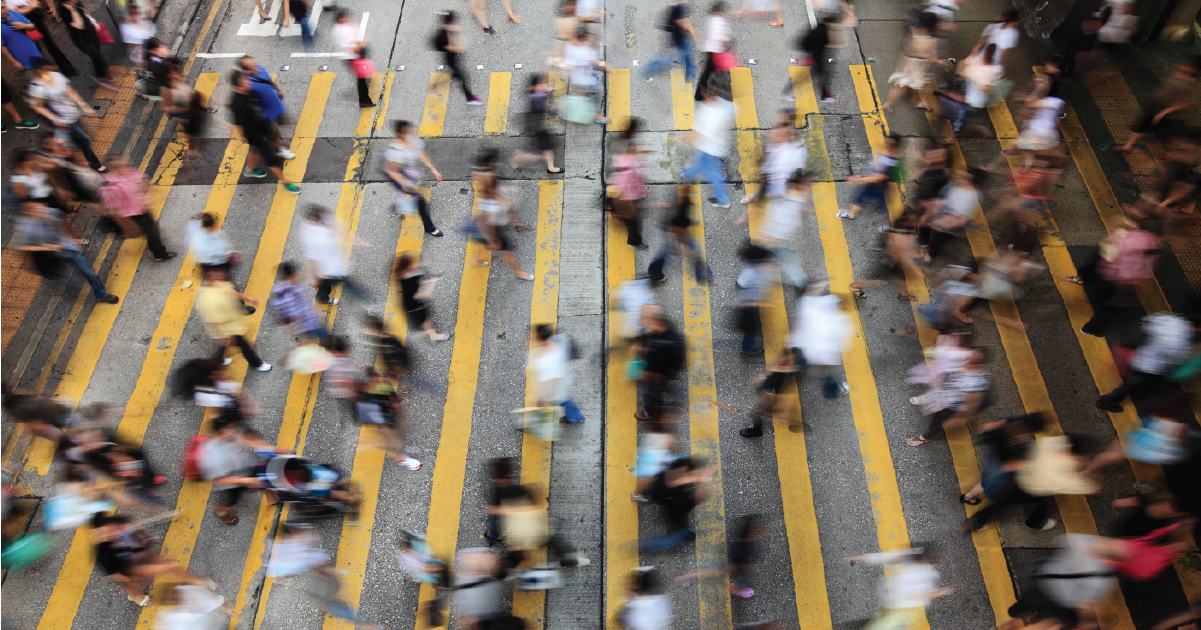While I’m an advocate for many causes, I am most passionate about preventing human trafficking, something I learned about almost two decades ago. It was a sleepless night in late September. I turned on the television expecting to find an infomercial but instead found a special on human trafficking. Never having heard this term, I was curious to learn what it meant. The more I watched, the more intrigued I became. Teary-eyed, I thought, “It’s terrible that people would do this to one another,” and “How inhumane!” From that point I knew that human trafficking was something I would try to help eradicate.
Human trafficking is a billion-dollar industry and occurs when fraud, force, or coercion is used to elicit actions ranging from sex exploitation and forced labor, to child sex trafficking, organ trafficking, child soldiering, human smuggling, or debt bondage. It can be achieved through the recruitment, transferring, or harboring of individuals.
When I first started learning about human trafficking, I was very confident that it was something that occurred somewhere far away. Imagine my surprise when I learned how many human trafficking victims are right here in the U.S.—approximately 17,000 annually.
Traffickers focus on populations they believe have a lack of support. Because the perception is that many of them have been disregarded, it is much easier to exploit vulnerable populations that are already undergoing challenges.
The most devastating situation I encountered was when I worked with Anna Rodriguez, the president of the Florida Coalition Against Human Trafficking (FCAHT). We were discussing the organization’s rescue missions and the best processes to ensure that everyone who goes returns safely. At that time, the most recent rescue was that of a one-month-old baby. It was unimaginable to think of what could have become of a one-month-old in the hands of traffickers. When I first developed my passion for helping human trafficking victims, the thought of rescuing infants from human trafficking never crossed my mind.
Some time ago, human traffickers recruited runaway teenagers from the mall or homeless shelters, specifically looking for those who didn’t look cared for, and would offer them housing. The LGBTQ community has been a target of potential trafficking too as traffickers temporarily aid the youth with financial support and housing, with the goal of building dependency to usher the teen into sex trafficking.
Regrettably, the recruitment of potential trafficking victims has become more sophisticated. Technology is how traffickers are now finding many of their victims. Very similar to how people order groceries and buy linens online, traffickers find potential victims online too. Traffickers have clients that they cater to, so they purposefully seek out possible victims to meet their clients’ requests. If their client is looking for a white 14-year-old boy with freckles, green eyes, and blond hair, the trafficker will use social media to deliver the victim to their client. Often, the trafficker’s work is minimized because of victims posting pictures online or checking into a location. The trafficker knows exactly what the victim looks like and their arrival time.
It’s not something that just happens to women and children either. While children can be kidnapped and women lured into human trafficking by false promises of a well-paid job, men are victims too, primarily affected by labor trafficking. Since people seldom consider that men can be trafficked too, there is less vigilance of the signs and possible rescue, as well as available support for victims.
Although it’s heroic to want to get on the front lines to perform a liberation operation, in my experience, it is extremely dangerous to try and intervene in a possible human trafficking case. There are groups that are solely dedicated to performing rescue missions to save trafficked persons. There is a lot of planning, resources, and the involvement of law officials.
As a bystander, the best way to help is to know the signs of human trafficking. Some of the signs that someone may be a human trafficking victim include persons who:
- Show signs of neglect and abuse
- Are unaware of their surroundings
- Are unpaid or paid a fraction of what they should earn for their work
- Are regularly moved
- Lack freedom and decision making
- Are always accompanied by a translator or someone who seems controlling
- Are remarkably submissive or fearful
Support can also be given by helping shelters and organizations related to human trafficking. In the U.S., there are less than three dozen shelters specifically designed to support human trafficking survivors. Many of the shelters that welcome trafficked men, women, and children are primarily designed to serve the needs of homeless persons and battered women. While there are specific needs that are shared, most of the needs that a trafficked person has would not be met at a homeless shelter. The requirement for one-on-one and group therapy, possible prescription drugs, and cultural sensitivity are not provided in most homeless shelters. Cultural competency is required in working with survivors as quite a few of them may end up in the U.S. as a destination country but originated from another country.
The eradication of human trafficking is a cause that everyone should have a role in. By spreading awareness, and reporting possible cases by calling 911 or the National Human Trafficking Hotline at 1(888) 373-7888, you can help make a difference.
Dr. Pinard is an assistant professor in the Master of Public Health program at The Chicago School of Professional Psychology, and actively works with human trafficking survivors.
Learn more about The Chicago School
To learn more about academic programs at The Chicago School of Professional Psychology, fill out the information below to request more information. You can also apply today through our application portal here.

